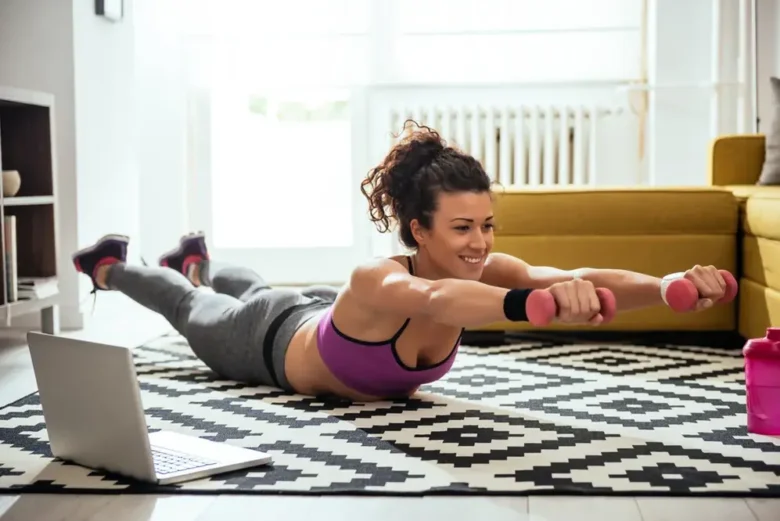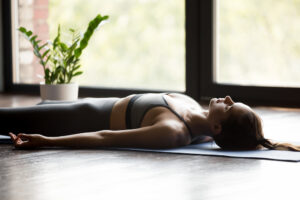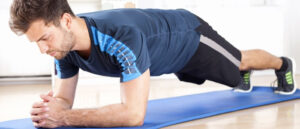In today’s busy world, women often don’t have time to focus on health and exercise while juggling work, family, and personal goals. But prioritizing fitness isn’t just about getting a toned physique; it’s about becoming stronger, more energetic, and maintaining good health long-term. The best workout plan for women is one that emphasizes balance, integrating strength training, cardiovascular fitness, flexibility, and mental well-being. Fitness plans for women shouldn’t be one size fits all; they should consider each individual’s hormonal differences, body composition, and lifestyle.
With a well-thought-out plan, women can build muscle, burn fat efficiently, reduce stress, and improve their balance. Whether you’re a beginner, a busy professional, or someone looking to get fitter, developing a workout plan that works for your body and lifestyle is crucial. Today, we’ll explore some of the best and most effective workout plans for women.
Weightlifting for Muscle Building:
Some women might think strength training is unimportant, but it’s one of the best ways to get in shape and stay healthy. Weightlifting doesn’t make women fat, as some think. Instead, it builds muscle, which in turn boosts metabolism and facilitates fat burning. Squats, lunges, deadlifts, and push-ups are all strength training techniques that target large muscle groups. They also improve bone density and balance. This benefit is especially important for women, as bone health becomes more important with age. A comprehensive strength training program can also improve balance and reduce the risk of injury. DIY exercises are a beneficial starting point for beginners. Experienced exercisers can add resistance bands or dumbbells. Regular strength training not only transforms your physique but also boosts your confidence and energy levels.
Aerobic Training for Endurance:
Aerobic training is crucial for maintaining a healthy heart, losing weight, and increasing your energy. Aerobic exercises are popular among women because they are easy to do and can include various exercises, such as running, cycling, dancing, and aerobics. Regular aerobic exercise helps lower stress hormones and improve circulation and breathing. High-intensity interval training (HIIT) is particularly effective because it combines short, intense workouts with rest periods, allowing you to see results faster. Short HIIT workouts, such as those lasting just 20 minutes, can help women who struggle to stick to a plan. Aerobic exercise also makes you feel better by releasing endorphins, a natural stress reliever. If you want to incorporate aerobic exercise into your daily fitness routine, it’s crucial to find an activity you enjoy and can maintain.
Cord Training for Stability:
A strong core is more than just visible abs. It also supports your spine, helps you maintain balance, and makes daily activities easier. Women need core training not only to stay healthy but also to improve their functional strength, especially during and after pregnancy. Exercises like planks, bicycle crunches, and leg raises can help strengthen the abdominal muscles and the back and pelvic floor muscles. A strong core improves posture, reduces the risk of lower back pain, and increases your strength training and aerobic capacity. Core training can be easily done at home without expensive equipment. In the long run, a stronger core can help women feel more stable and have more control over their bodies.
Flexibility and Mobility Training:
Many women overlook flexibility and mobility training, but they are vital to maintaining good health. Dynamic stretching, Pilates, and yoga all contribute to maintaining healthy joints, increasing range of motion, and reducing the risk of injury. For women who work long hours at home or at a desk, flexibility training can help relieve tension in the hips, shoulders, and back. Regular flexibility training also makes it easier for muscles to move, making other exercises more effective. Besides the physical benefits, daily activities like yoga can also improve your mental and physical well-being by helping you relax, reduce stress, and improve your concentration. A balanced daily routine of strength training, aerobic exercise, and flexibility training will help you maintain your health and fitness in the long run.
Training to Help You in Everyday Life:
Functional training is a form of exercise that mimics real-life movements to make everyday tasks easier and safer. Women often face challenging tasks like carrying groceries, bending over, or lifting children, all of which require strength and coordination. Functional exercises like step stools, kettlebell swings, and medicine ball throws target multiple muscles simultaneously, improving your balance and efficiency. These exercises not only make you stronger but also increase your endurance and flexibility, leading to greater mobility. Functional training is a fantastic way for busy women to stay healthy, in shape, and fit. It’s an effective way to integrate aerobic exercise, strength training, and athletic training.
Conclusion:
A fitness program for women focuses on building strength, endurance, flexibility, and overall health, not just weight loss or improved appearance. By combining strength training, aerobic exercise, core training, flexibility training, and functional movements, women can achieve a healthy, sustainable fitness lifestyle. The best routines aren’t hectic; they are regular, flexible, and fun. Fitness is an investment in women’s long-term health, helping them stay strong, confident, and energetic at every stage of their lives. It’s important to develop a plan that fits your goals and lifestyle, whether you lift weights, run, do yoga, or do functional exercises. By exercising regularly, women can improve their physical and mental well-being and lead healthier, more fulfilling lives.
FAQs:
1. How many times a week should women exercise?
Most women feel better when they exercise at least four to five times a week, combining aerobic exercise, strength training, and stretching.
2. Is weightlifting safe for women?
Yes, strength training is beneficial for women because it helps them build muscle, increase their metabolism, and strengthen their bones.
3. What type of exercise is best for women?
The best exercise is one that you enjoy and can maintain for a long time. Running, cycling, high-intensity interval training (HIIT), and dancing are all beneficial options.
4. Can women exercise at home without equipment?
Yes, you can do yoga, aerobics, and other exercises that only work the body at home without equipment.
5. How long does it take to see results from a fitness routine?
If you exercise regularly and eat healthily, you can see results within 6–8 weeks, but success rates vary from person to person.




